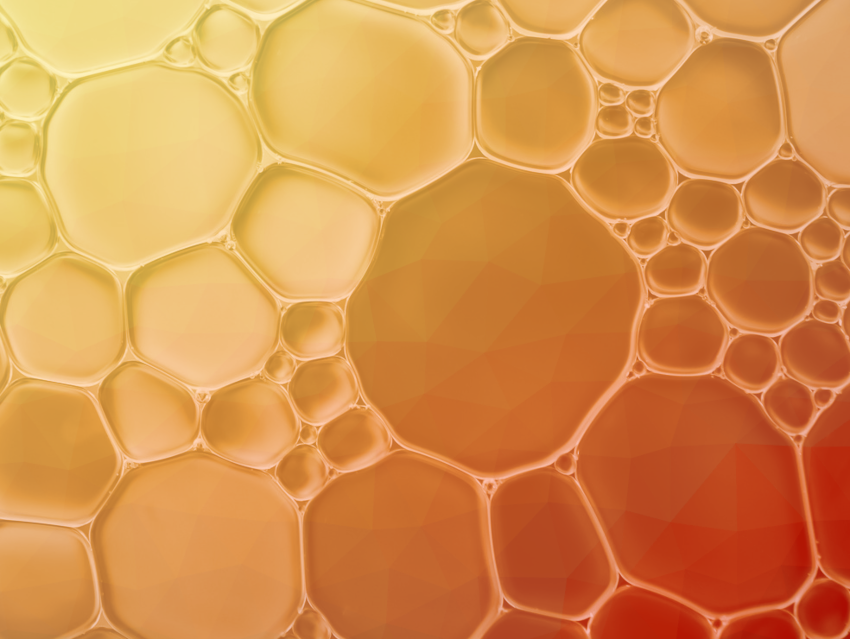Oil spills and oil-contaminated wastewater are problems for the environment. Effective oil-water separation processes are, thus, interesting research targets. Membrane separation, for example, can be useful in this context due to its low costs, high throughput, and simple, continuous operation.
Yanxin Wang, Linjun Huang, Jianguo Tang, Qingdao University, China, and colleagues have developed an electrospun polymer composite membrane based on polyacrylonitrile (PAN) containing metal–organic framework (MOF) particles and carbon nanotubes (CNTs) for oil-water separation. PAN is widely used in electrospinning, can form composites, and provides good chemical resistance. As the MOF component, the team used zeolitic imidazolate framework-8 (ZIF-8), which can capture a variety of substances. The CNTs provide oleophilic properties.
The team first synthesized ZIF-8 nanoparticles in solution. Then they prepared a dispersion of the ZIF-8 particles and CNTs, added PAN, and used electrospinning to prepare membranes. The resulting nanofiber membranes were used for gravity-driven oil-water separation. They showed a high separation efficiency, chemical stability, and recyclability. According to the researchers, the addition of the MOF particles and the CNTs to the polymer membrane creates channels for oil droplets to pass through while maintaining a relatively high hydrophobicity.
- Acid, Alkali, and Abrasion-Resistant Nanofibrous Membranes Composed of ZIF-8 Metal–Organic Framework and Carbon Nanotubes for Oil–Water Separation,
Xinhui Mao, Yanxin Wang, Zhiyuan Gao, Wei Xing, Xiaotong Zhang, Leixuan Li, Ang Tong, Linjun Huang, Matt J. Kipper, Jianguo Tang,
ACS Appl. Nano Mater. 2023, 6, 22363–22372.
https://doi.org/10.1021/acsanm.3c04580




